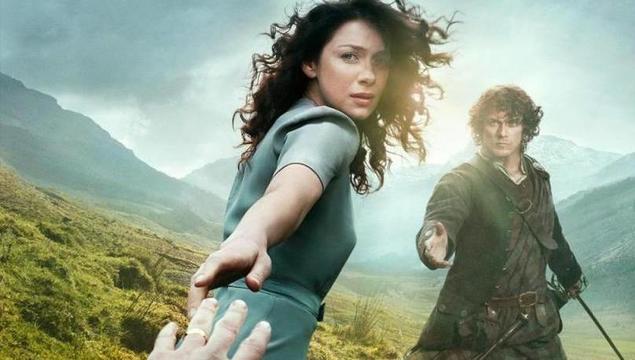
This is Outlander country! Welcome to Scotland.Starz
This is Outlander country! Forbes Inglis delights Outlander fans with a visit through the spots used in the popular drama.
The successful television series based on Diana Gabaldon’s Outlander, the story of a time travelling WWII nurse Claire Randall, née Beauchamp, and Jacobite Jamie Fraser, uses numerous sites throughout Scotland as settings, most of historical interest for reasons other than simply their connections to the story. Here are my ten favorites, although there are many more Outlander locations to see throughout Scotland.
Rannoch Moor
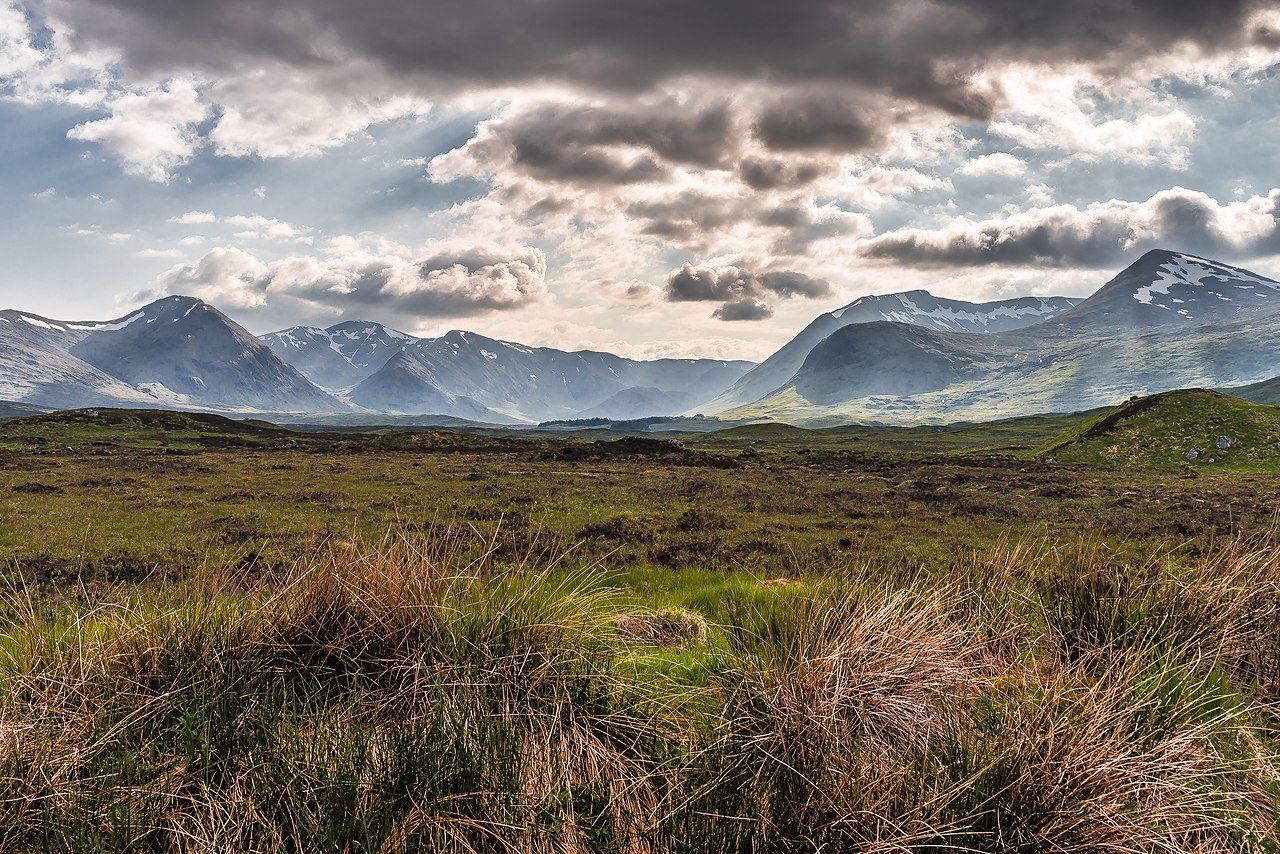
Rannoch Moor.
Rannoch Moor is an important location as it is the site of the fake (it’s made of styrofoam) stone circle - Craig na Dun - where Claire time travels from 1946 back to 1743 when she meets Jamie. Later, Brianna travels back in time through the circle, followed afterward by Roger.
Although the circle is fake, the setting is very real and the moorland backdrop itself deserves a star-billing.
Bakehouse Close, Edinburgh
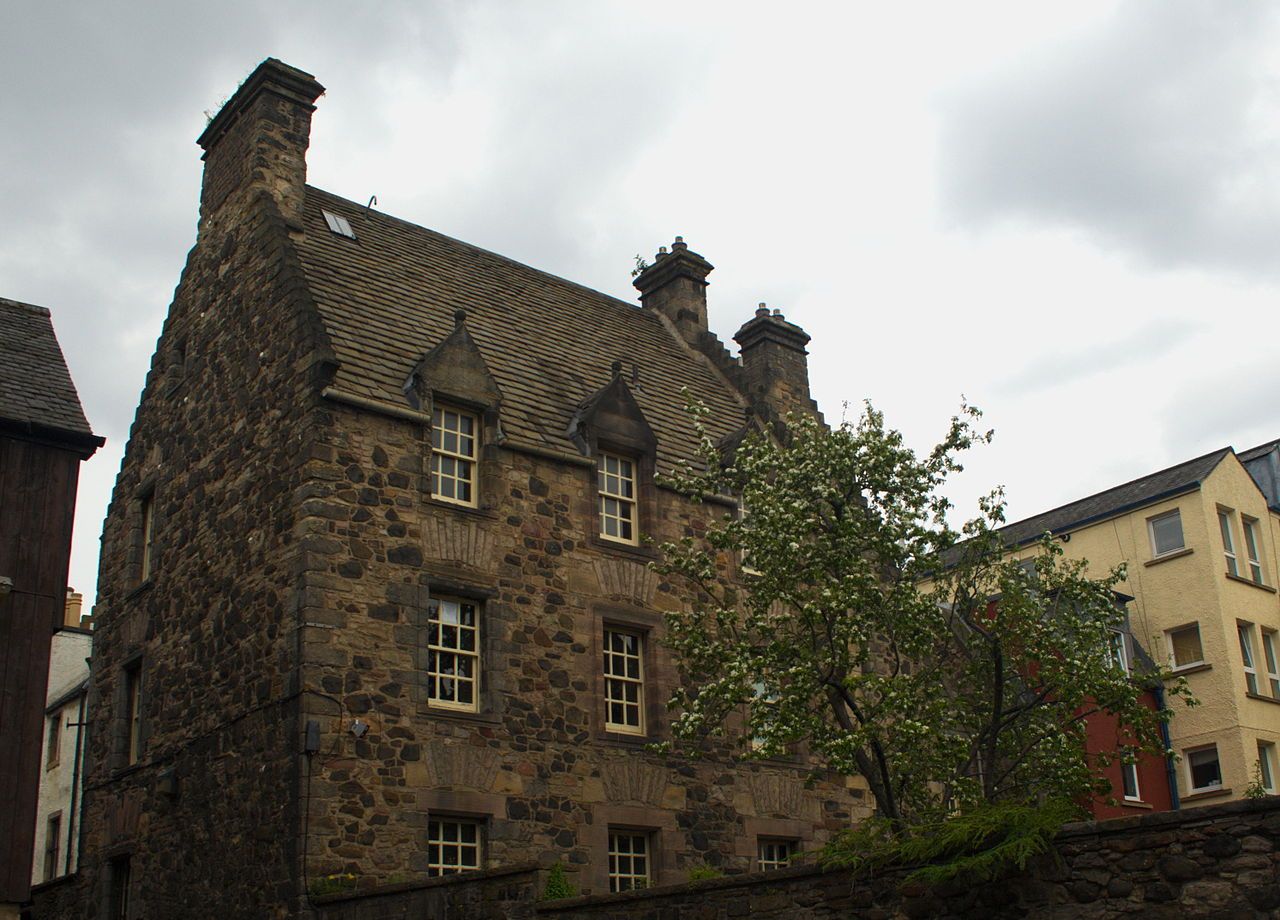
Bakehouse Close, Edinburgh.
Bakehouse Close, which is located near the Museum of Edinburgh, acts as Carfax Close, home to Jamie’s print shop in season three. The area is also used for other Outlander scenes. The Canongate at the bottom of the Royal Mile also features, with Canongate Church used as the site where Colum arranges to meet Jamie.
Craigmillar Castle serves as Ardsmuir Prison, while Glencorse Parish Church, just south of the city, is the venue for Jamie and Claire’s wedding. Fans hoping to visit will have to make an appointment.
With the famous Edinburgh Castle, Holyrood Palace, the Military Tattoo and the Royal Mile, Edinburgh is worthy of a visit, even without the Outlander connections.
George Square, Glasgow
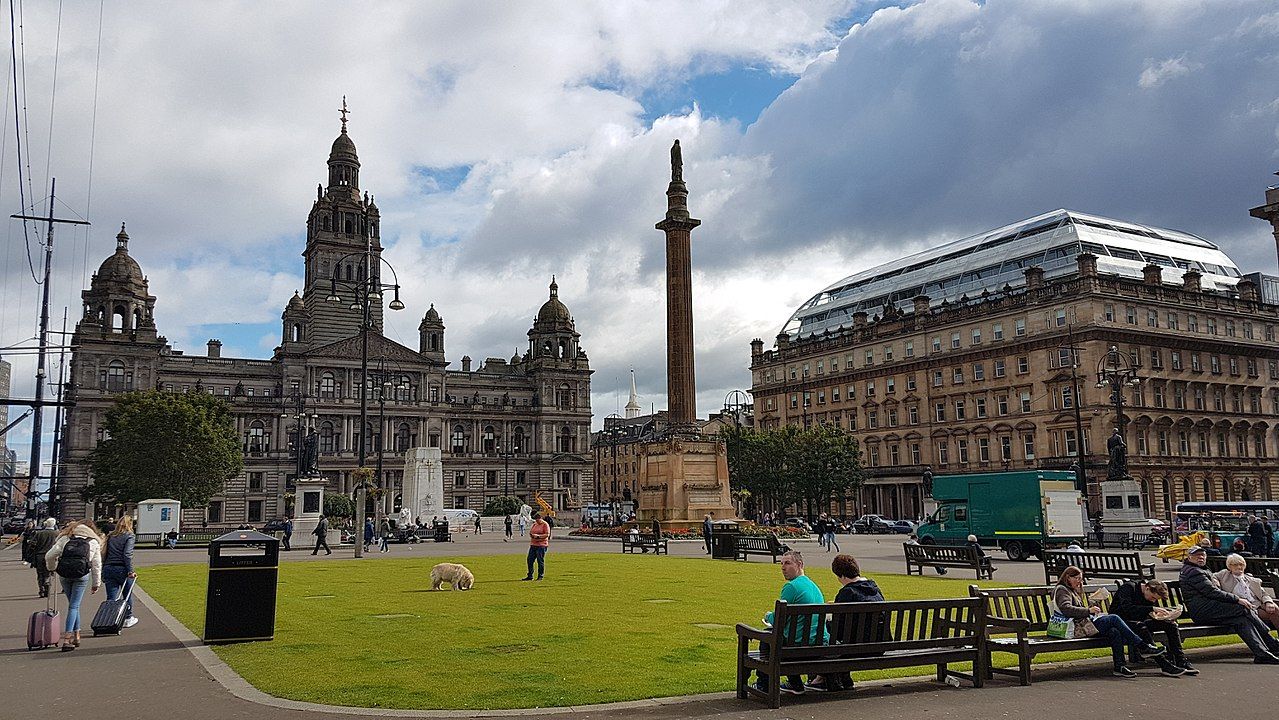
George Square, Glasgow.
Glasgow’s George Square is transported back to the 1940s and is the site where Frank proposes to Claire in season one.
Elsewhere in the city, the crypt in Glasgow’s medieval cathedral becomes L’Hopital Des Anges where Claire works as a volunteer in season two. Kelvingrove Park is portrayed as a Boston park and Glasgow University, founded in 1451, doubles as Harvard where Frank is a professor.
Outside the Outlander attractions, Glasgow hosts many tourist attractions such as the Kelvingrove Art Gallery & Museum, the Botanic Gardens, The Peoples’ Palace and the Glasgow Science Centre to name but a few.
The Highland Folk Museum
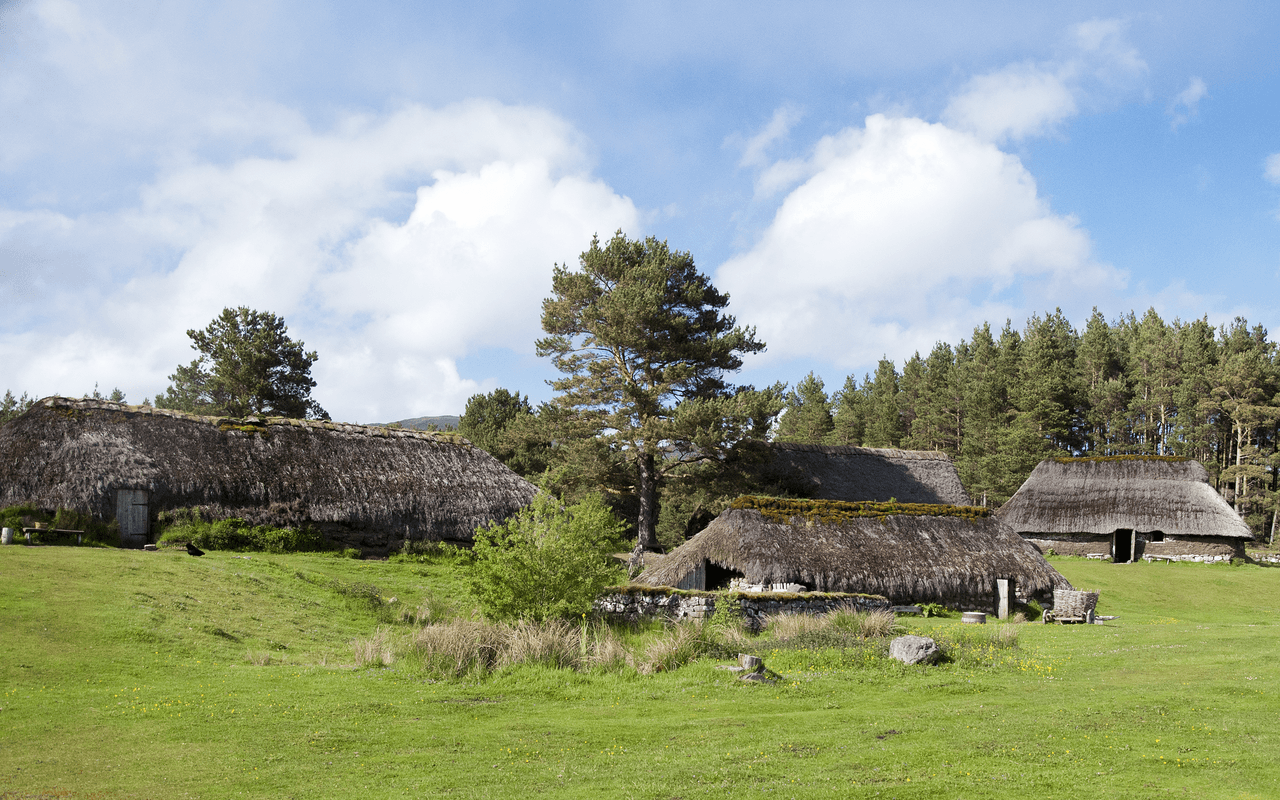
The Highland Folk Museum.
The Highland Folk Museum is a gem in its own right. However, the replica 18th-century township added real authenticity to the scene where Claire and Jamie collect rent from the inhabitants in season one.
The museum has much more to offer, covering subjects such as the home, agriculture, education, and work in times past.
These include a working farm, a post office, shop, and a schoolroom, all as they would have looked in the 1930s. Other exhibits include an authentic red postbox, a telephone kiosk, a railroad halt, a loom shed, and a loom, the type of which is still used today in Harris Tweed manufacture. There is also a tailor’s shop, a clockmaker’s and carpenter’s workshops.
Culross
 11
11
Culross.
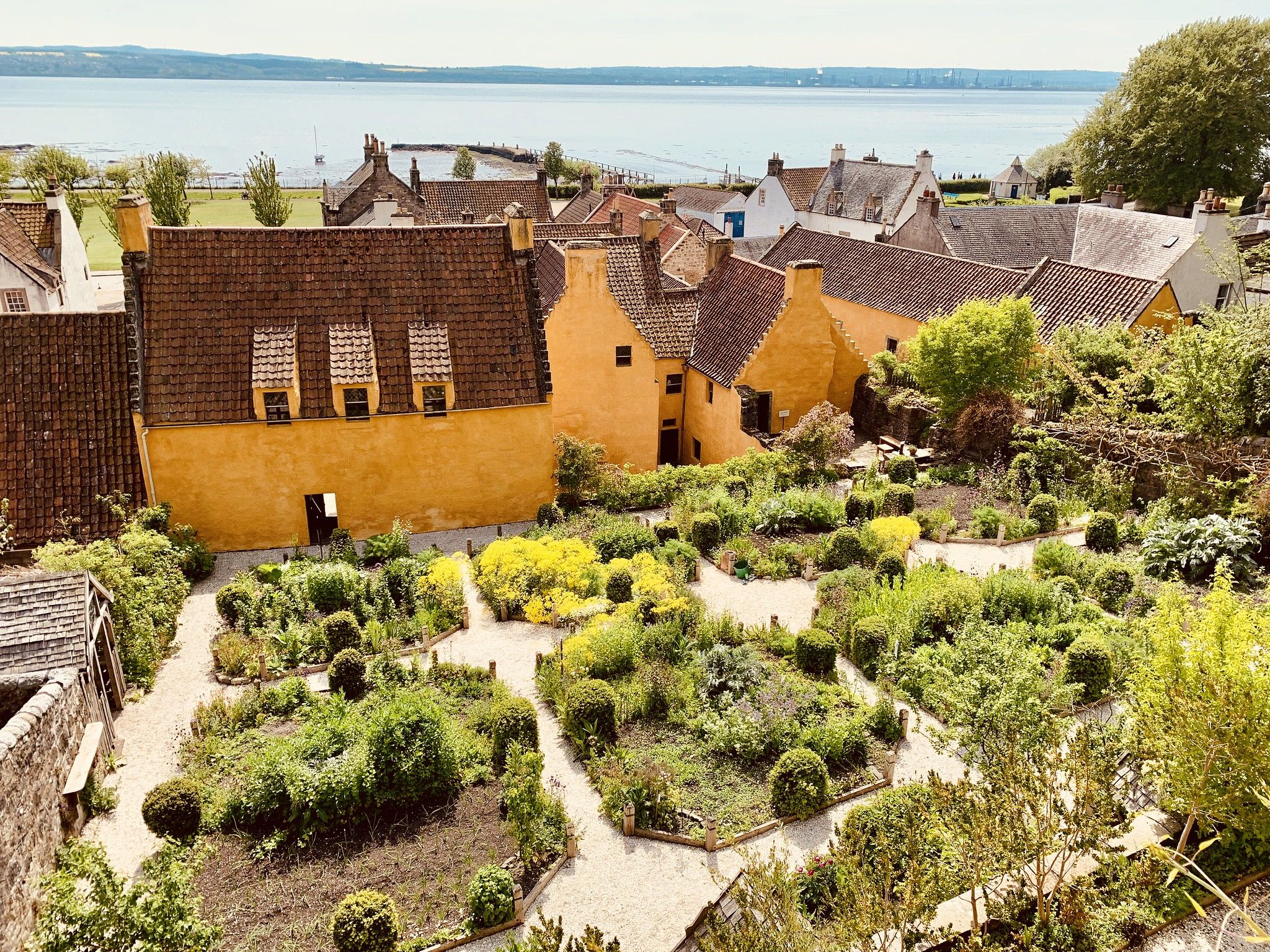
Culross.
Culross, pronounced Kooross, could easily be a time capsule dating from earlier times in the history of Scotland, its Outlander connections aside. Culross, which is known as Cranesmuir to Outlander fans, was used in the filming of numerous episodes in the series.
The Culross Palace was used for many scenes, including those where Claire meets Geillis Duncan, a Jacobite meeting, and a bedroom scene involving Claire and Jamie amongst others.
The mercat (market) cross also features prominently. At one point Jamie rescues Tammas Baxter whose ear has been nailed to it (a traditional punishment for certain offences at the time) and Geillis is sentenced for witchcraft at the cross. The West Kirk is the movie set where some of the village boys, including Tammas, take ill after eating lily of the valley having mistaken it for wild garlic.
Culross with its cobbled streets and narrow lanes is the village that time forgot. It is an excellent tourist experience, giving a flavour of 17th and 18th century Scotland. The ruins of the 12th-century abbey are also well worth a visit.
Falkland
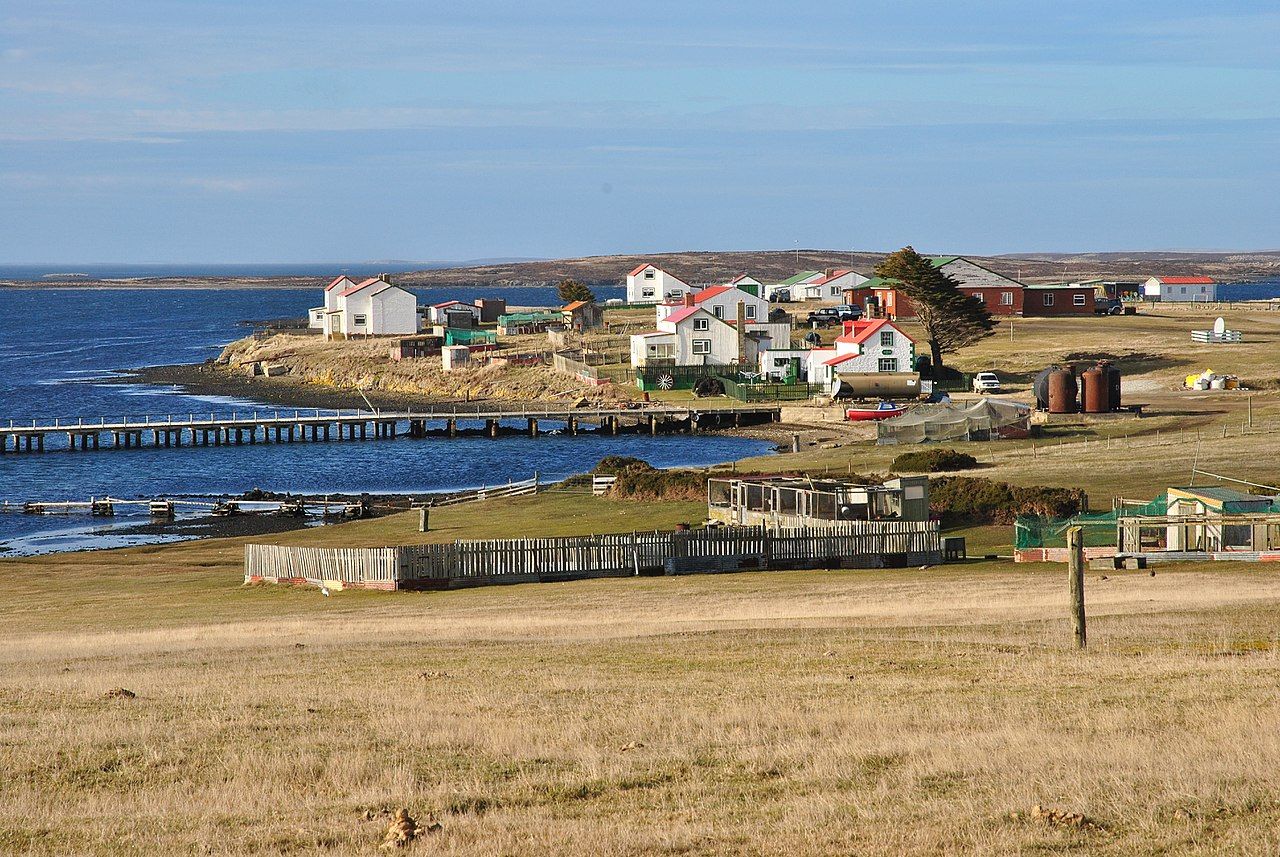
Falkland.
Falkland doubles as Inverness where Claire and her 20th-century husband Frank Randall, having been reunited at the end of WWII, decided to have a second honeymoon. They stay at Mrs Baird’s Bed & Breakfast which is in fact The Covenanter Hotel - you can get a room or eat there if you want to feel closer to the Outlander experience.
A village with a lot in the way of its own historical interest, Falkand has several other connections with Outlander. Opposite the B&B is the Bruce Fountain where Frank sees the ghostly figure of Jamie and later, when Claire searches for Jamie’s history, the Town Hall “becomes” the County Records Office, in Inverness.
A room in Falkland Palace, which was built by James IV and James V in the early 16th century and later became a particular favourite of Mary Queen of Scots, appears as the Inverness Apothecary where Claire replenishes her supplies of medicine.
Doune Castle
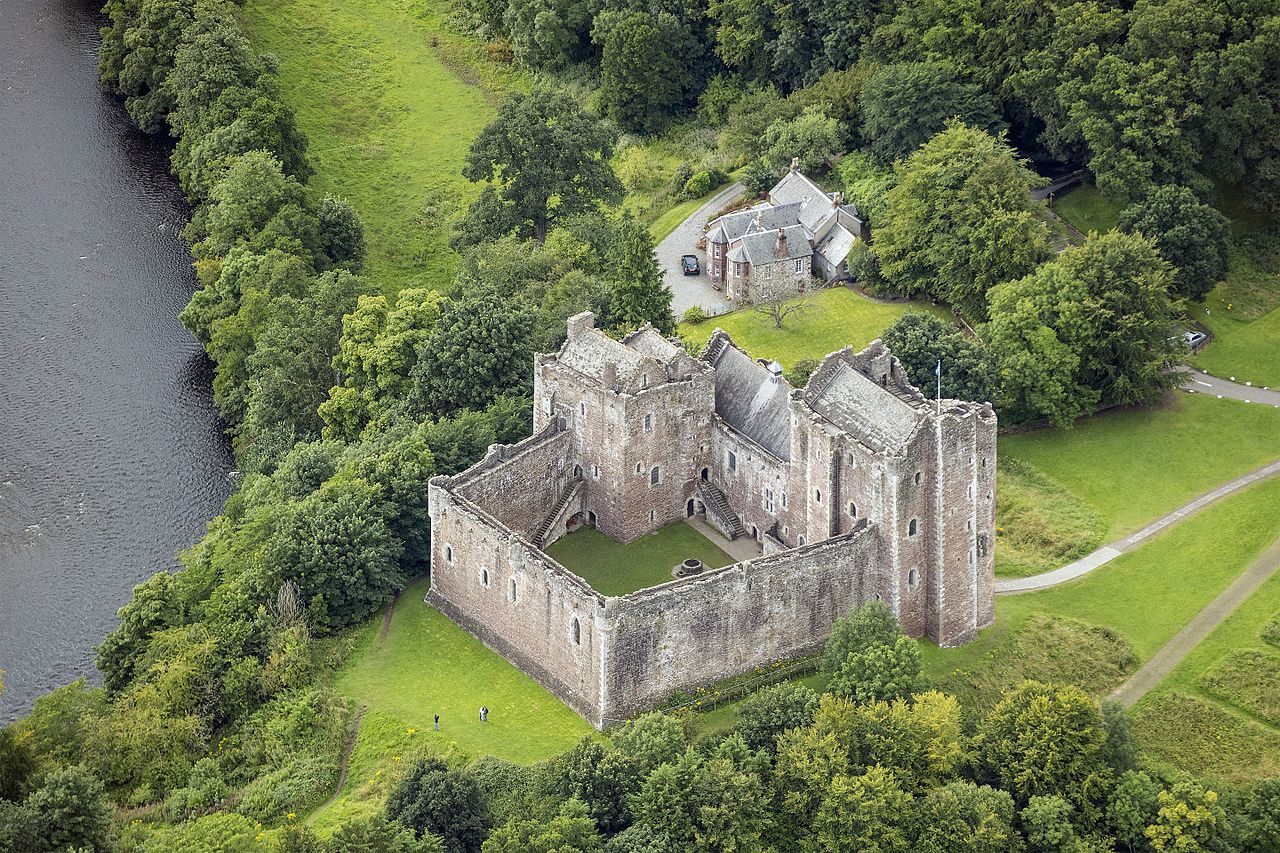
Doune Castle.
Doune (pronounced Doon) Castle is Castle Leoch in the series, the fictional home of the Clan MacKenzie and its chief, Colum MacKenzie.
For the action in the courtyard the original surface had to be protected with plastic sheeting, straw and real mud to create an authentic period look. The great hall was also used for filming but the castle’s kitchen set was a mock-up, although it was an exact replica of the original. As with all Outlander’s historical locations, where scene changes had to be made the set was returned to its original condition after use.
Linlithgow Palace

Linlithgow Palace.
Linlithgow Palace becomes Wentworth Prison where Captain Jack Randall tortures Jamie in season one and its near neighbour, Hopetoun House, hosts several Outlander scenes. The Red Drawing Room in the house itself is part of the home of the Duke of Sandringham and part of the grounds are the setting for the duel between the Duke and the McDonald chief. Adding a continental flavour, the courtyard doubles a Parisian street in series two.
In real life, Linlithgow Palace was the birthplace of Mary Queen of Scots and Hopetoun House, part of which dates from the 17th century, boasts that it is Scotland’s finest stately home.
Blackness Castle
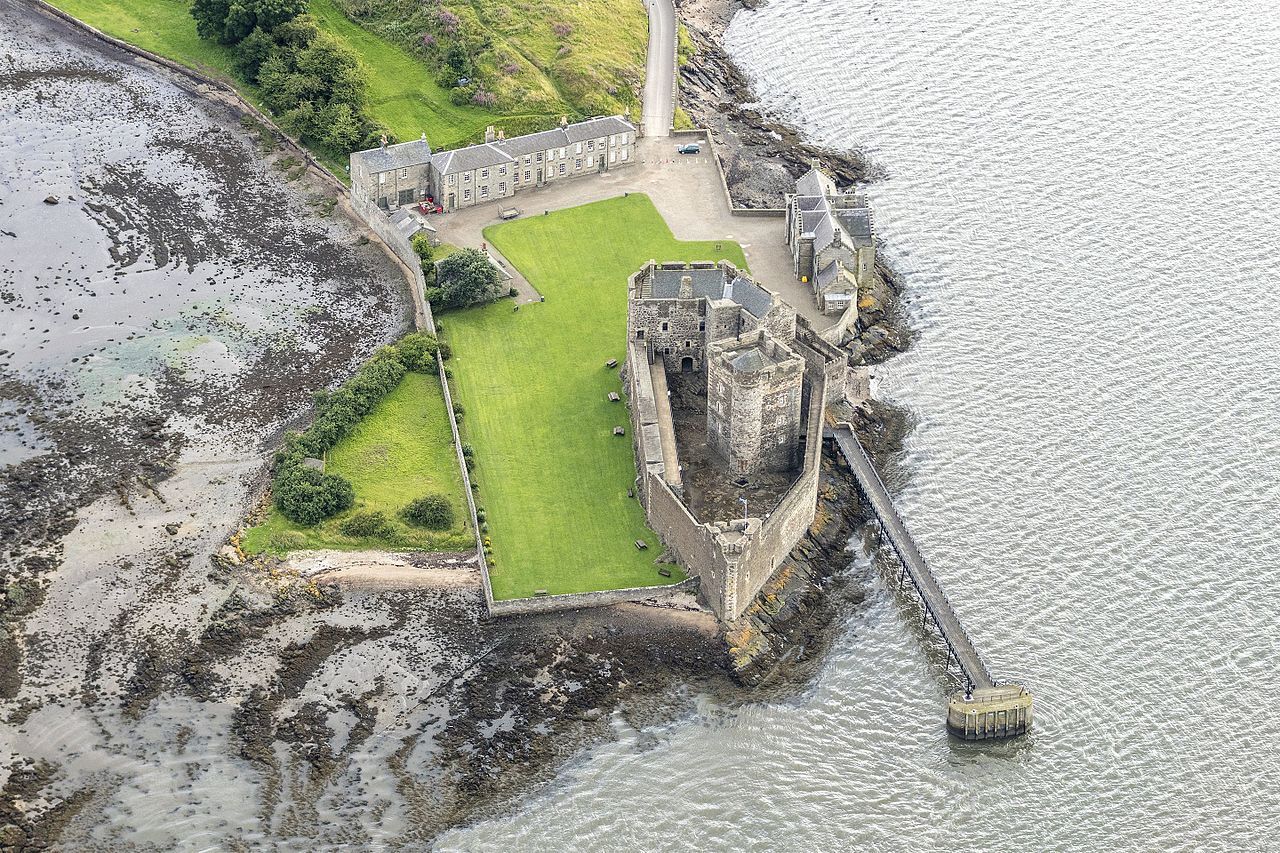
Blackness Castle.
Blackness Castle appears in the series as Fort William where the evil Redcoat Captain, Black Jack Randall, an ancestor of Frank’s, flogs Jamie. Later, Jamie goes back to the castle to save Claire and they escape by jumping from the battlements into the North Sea. This would be a highly dangerous escape route as the castle only borders the sea at hightide.
Built in the 15th century the exterior walls of the castle are in the shape of boat, giving it its alternative name as “the ship that never sailed”.
Culloden battlefield
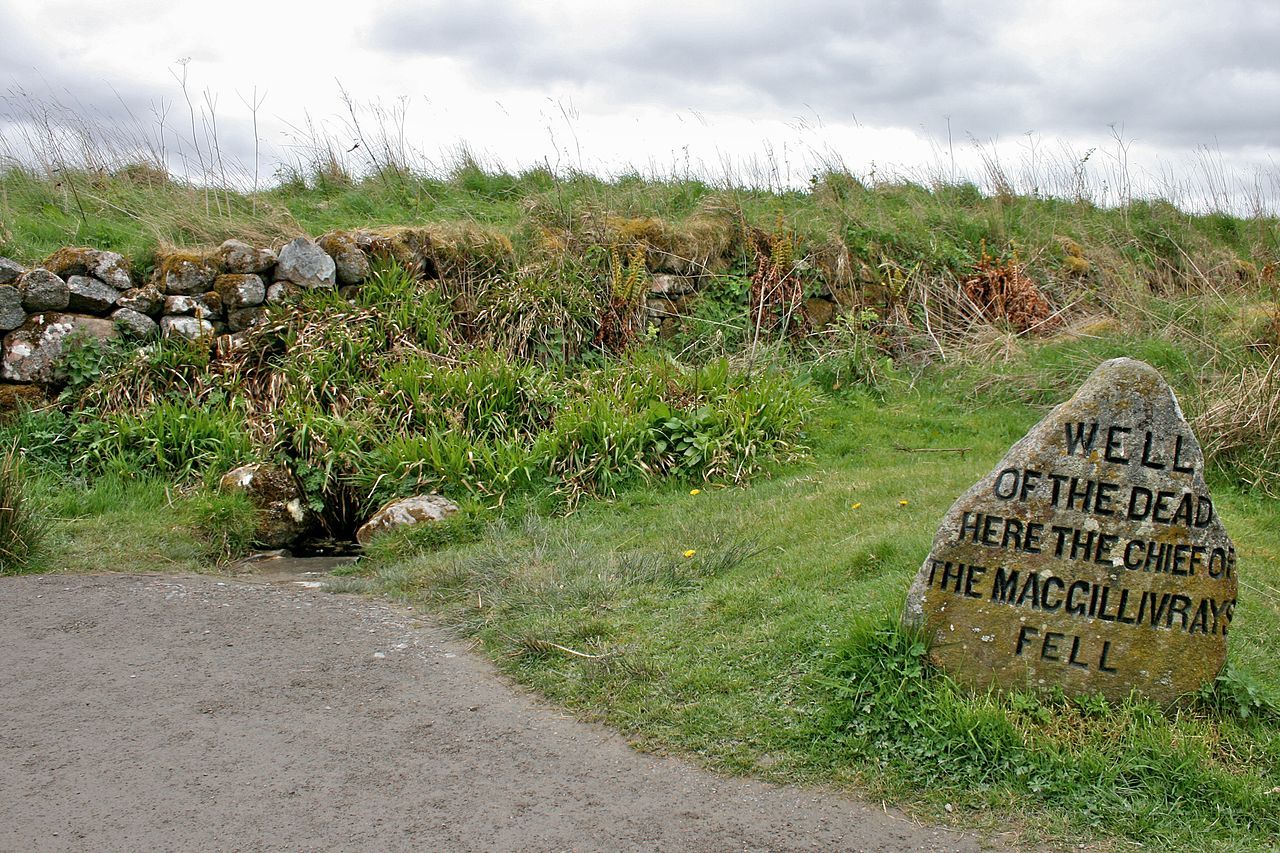
Culloden battlefield.
Culloden battlefield, near Inverness, marks the end of the end of the Jacobite dream. Knowing the inevitable outcome Claire attempts to prevent the doomed battle going ahead. Assuming Jamie died on the battlefield near Inverness, Claire visits the visitor centre in the 20th century where she sees a life-size model of Charles Edward Stewart. She learns that Jamie survived but, scornful of the lives destroyed by the Prince, she utters the momentous line: “They’ve taken a fool and turned him into a hero”.
Other attractions close to Inverness include Urquhart Castle, yet another Outlander location, and, of course, Loch Ness and its monster. Perhaps that’s what Claire saw there.





Comments